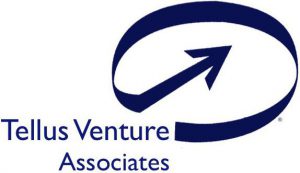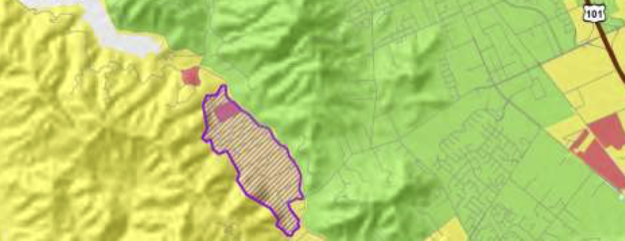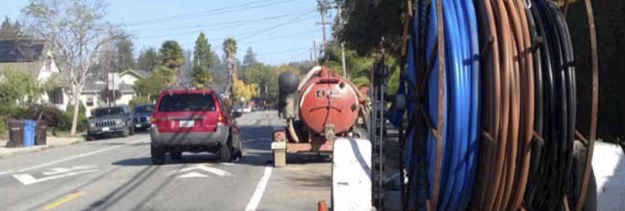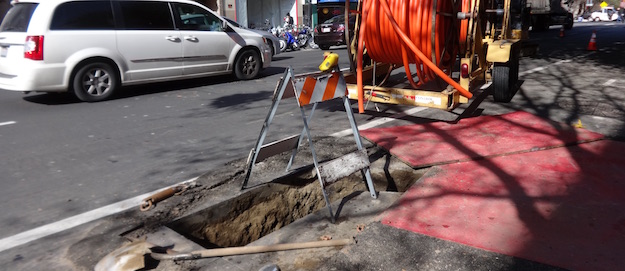Google Fiber goes boringly conventional in Seattle

At first it tried to disrupt the broadband industry in the U.S. with full scale fiber to the home deployments, but the financial realities of a capital intensive business with a long term return on investment horizon has forced Google Fiber into a traditional small ISP business model. Its latest move – into a high rent Seattle high rise – is a low risk venture. According to a blog post by its Webpass subsidiary…
… MoreToday, we announced that Webpass is ready to move into the Emerald City, one Ethernet-wired building at a time.


![By Somtow at English Wikipedia (Transferred from en.wikipedia to Commons.) [Public domain], via Wikimedia Commons](https://www.tellusventure.com/images/2018/11/rheingold.jpg)
![Collin Knopp-Schwyn [CC BY 4.0 (https://creativecommons.org/licenses/by/4.0)], via Wikimedia Commons](https://www.tellusventure.com/images/2016/1/pole_attachment.jpg)
![Hydrogen Iodide at en.wikipedia [GFDL (https://www.gnu.org/copyleft/fdl.html) or CC-BY-SA-3.0 (https://creativecommons.org/licenses/by-sa/3.0/)], via Wikimedia Commons](https://www.tellusventure.com/images/2017/6/pge_transmission.jpg)
![By Fry1989 eh? ([1]) [Public domain], via Wikimedia Commons](https://www.tellusventure.com/images/2017/6/slow_traffic.png)



